Perk Up with 6 Tasteful Malaysian Drinks
Lighten your mood and rejuvenate your senses with 6 must-try Malaysian drinks!
Discover the authentic in Asian cuisine food

We’ve all been there before, haven’t we? Carving into a roast that looks well-cooked on the outside, only to taste the rawness within, or aiming to grill a juicy medium-rare steak, but ended up dry and too well-done. Raw or undercooked meat and poultry can contain dangerous bacteria that cause food poisoning, such as Salmonella, Listeria and E. coli; while overcooking often leads to blander tastes, or have the marinade completely overwhelm the meat’s succulent flavour.
Yet, the truth is, most of the cooking is guesswork with an idea of ‘how cooked food looks’ as we learn from experience – which isn’t always reliable. While we can certainly master our stoves, grills and ovens for the right heat, when it comes to cooking meat and poultry, it’s actually their internal temperatures that makes all the difference. Every type of food has its own proper temperature to effectively eliminate bacteria and bring out the best flavour. Hence, a cooking thermometer is the best kitchen tool to ensure the right heat for the right meat. It’s also easily affordable, and good for other cooking uses besides roasts and grills, such as braising, steaming and baking.
As a general rule of thumb, always insert your thermometer’s probing tip into the thickest part, but avoid touching bones. Bone conducts heat faster, which can give you a false reading. Also, be sure to immerse the sensing tip completely to get the most accurate temperature.
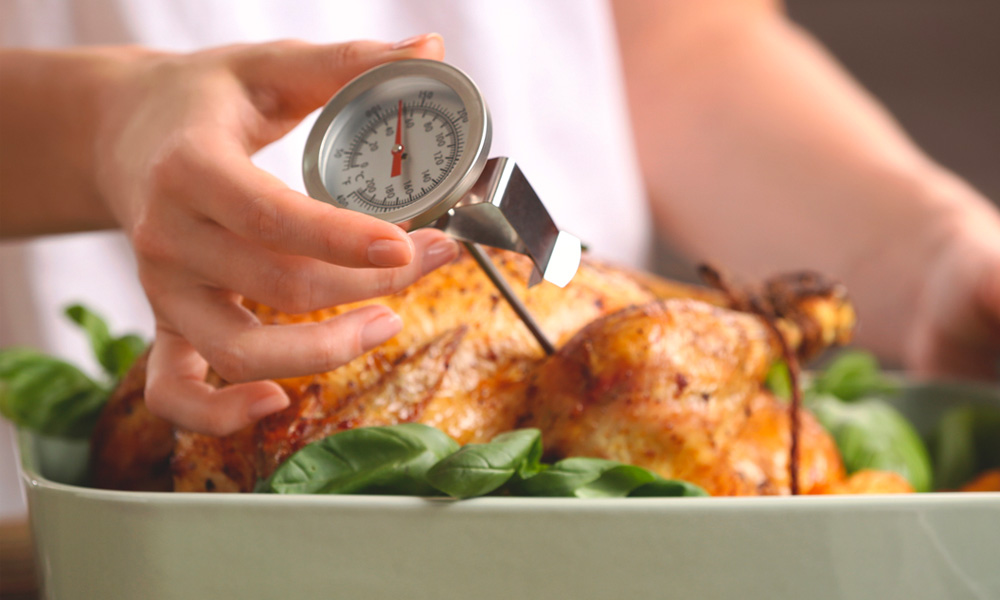
Whole poultry – the inner thigh area near the chicken, duck or turkey breast, not touching the bone.
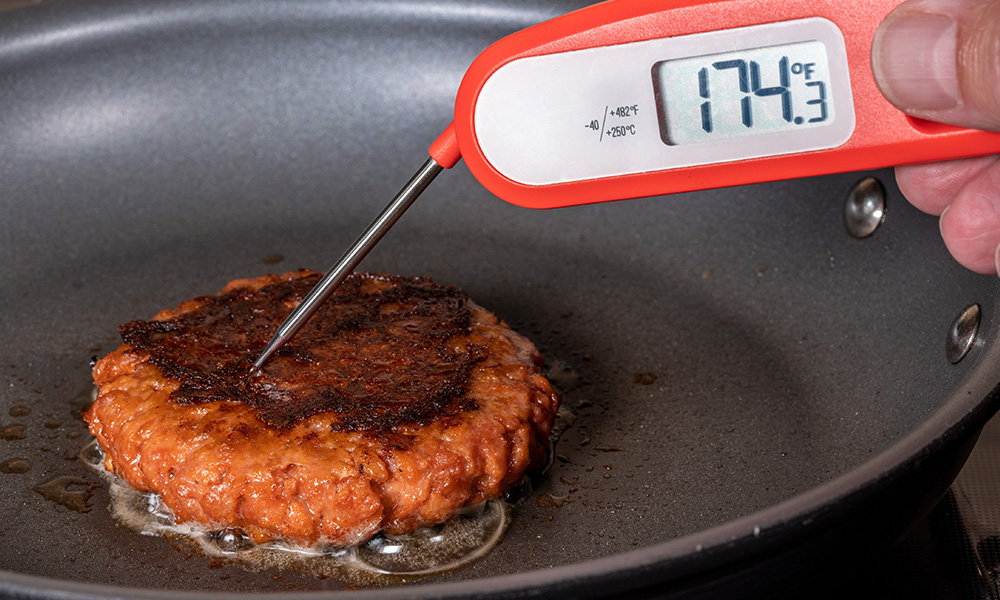
Ground meats – the thickest parts of the patty or meatloaf. Insert sideways into thin items.
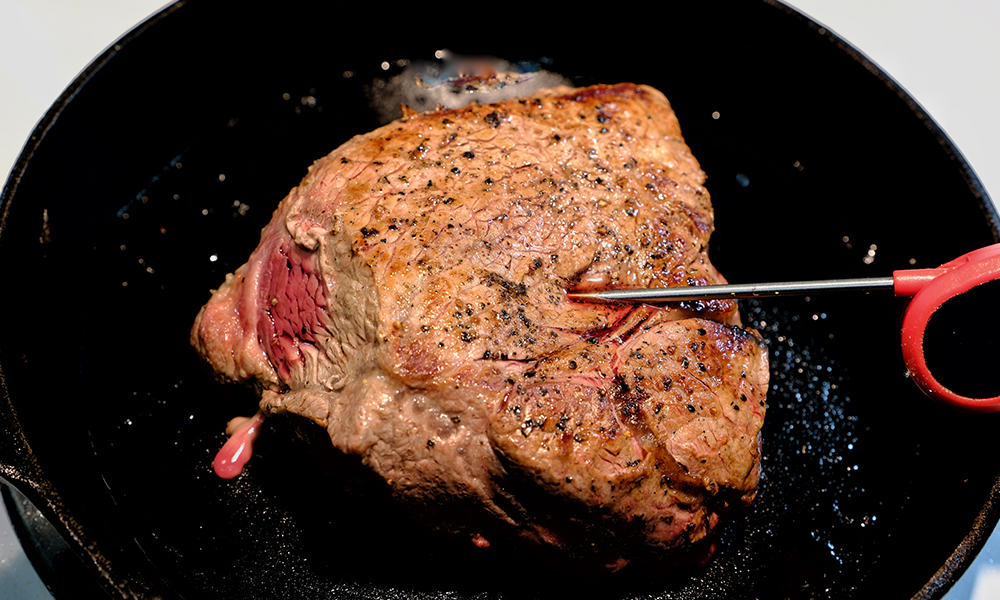
Red meat, roasts, steaks or chops – beef, pork, lamb, veal or ham, insert into the centre of the thickest area, away from bone, fat and gristle.
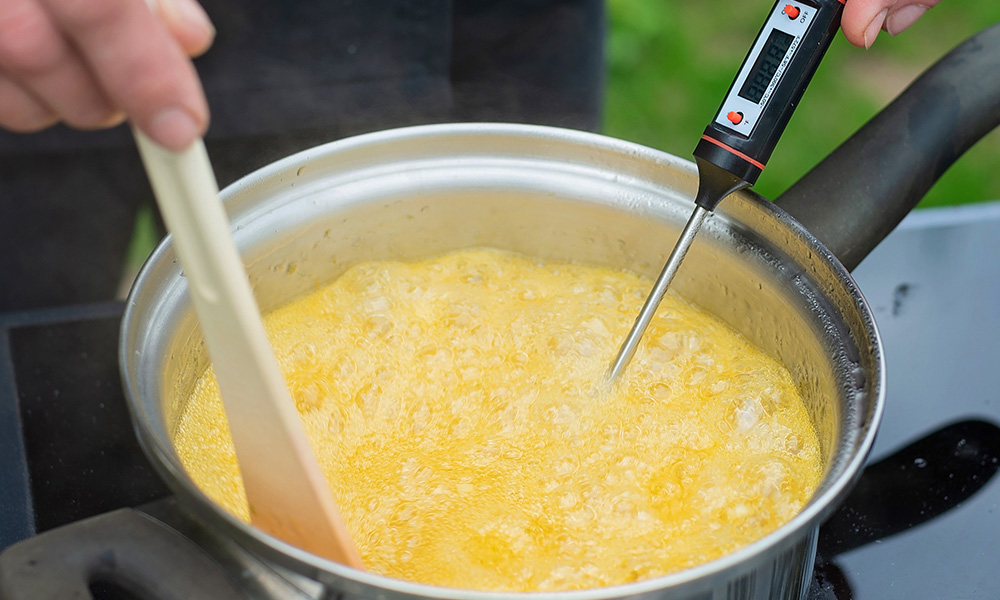
Casserole and egg dishes – the thickest portion of the dish.

Extra Tip – Whole meats such as steaks will contain residue heat, which actually rises and continues to cook as it sets. This is due to the transferring of heat from the hotter exterior to the cooler middles. The larger and thicker the meat, the higher the residual heat. So, always remove the meat from the grill, stove or oven at slightly lower internal temperature, and let the meat finish cooking while it sits. Also remember to wash your thermometer thoroughly in hot, soapy water after each use.
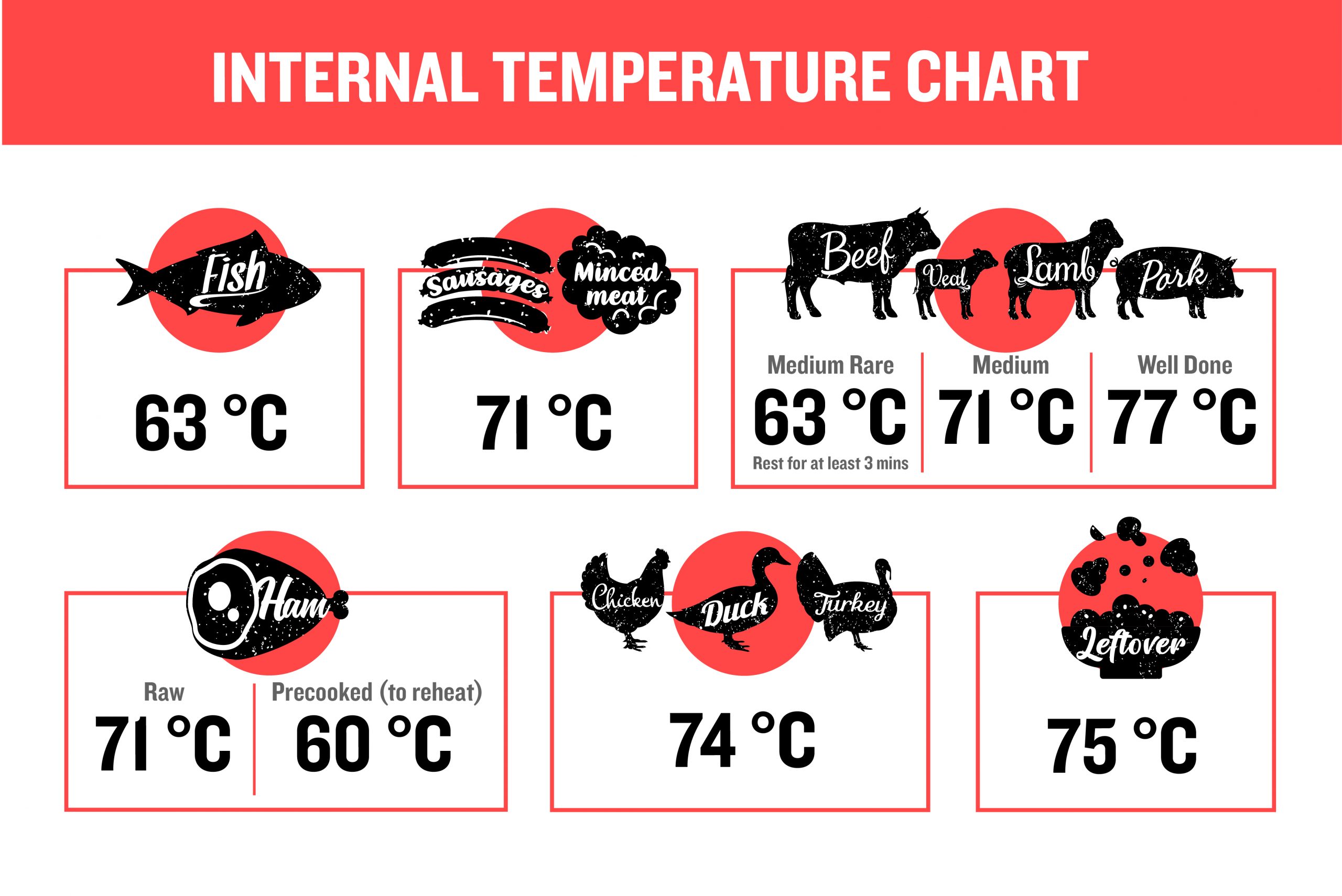

Lighten your mood and rejuvenate your senses with 6 must-try Malaysian drinks!

Pair your hearty barbecues with these refreshing Asian delights!

What are the properties of ginger, and how to pick, store and use ginger in your cooking? Find out here!